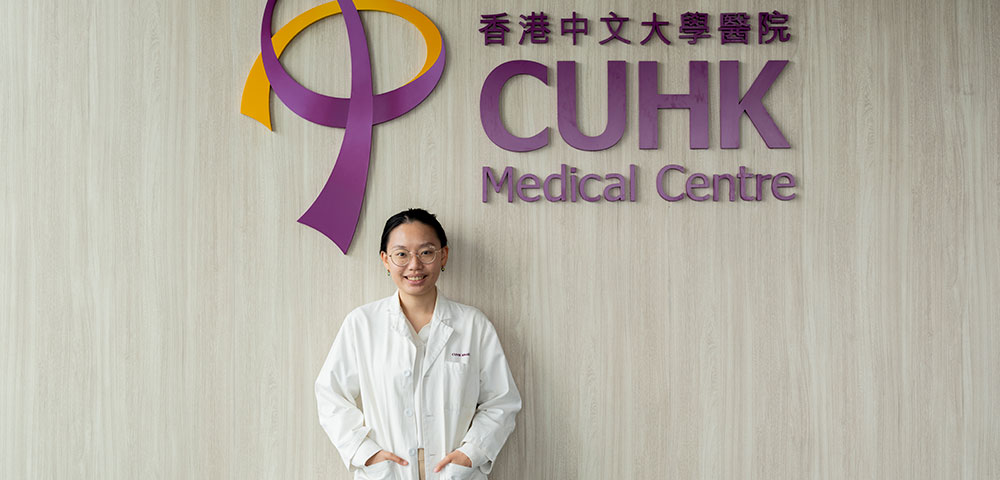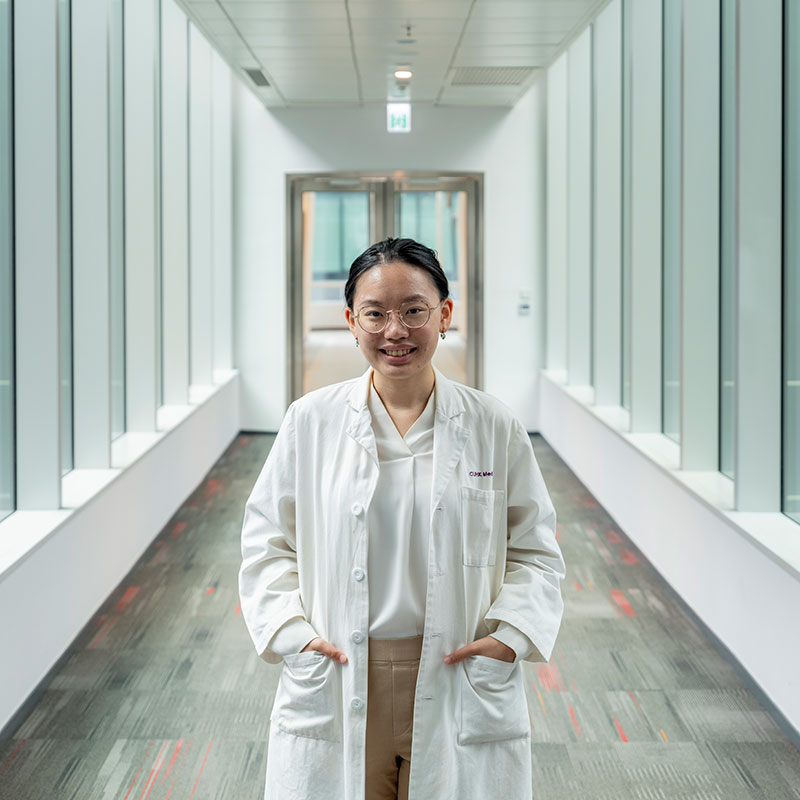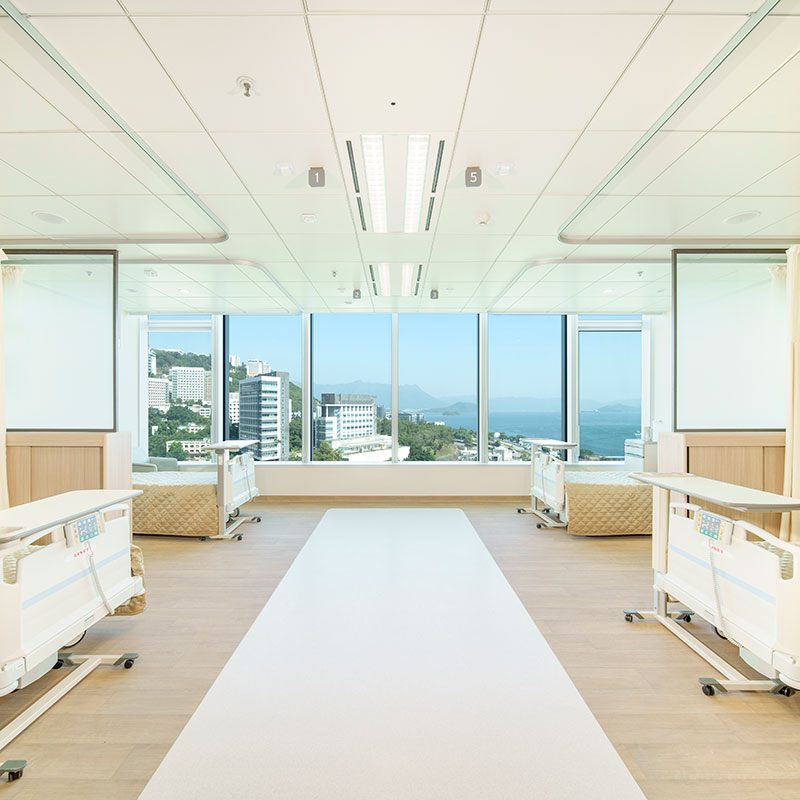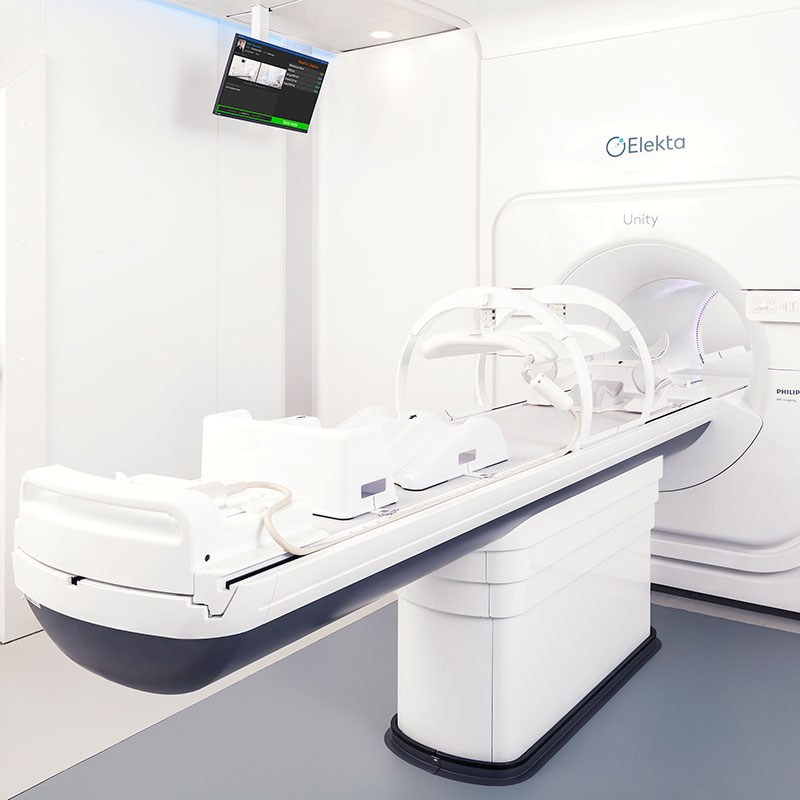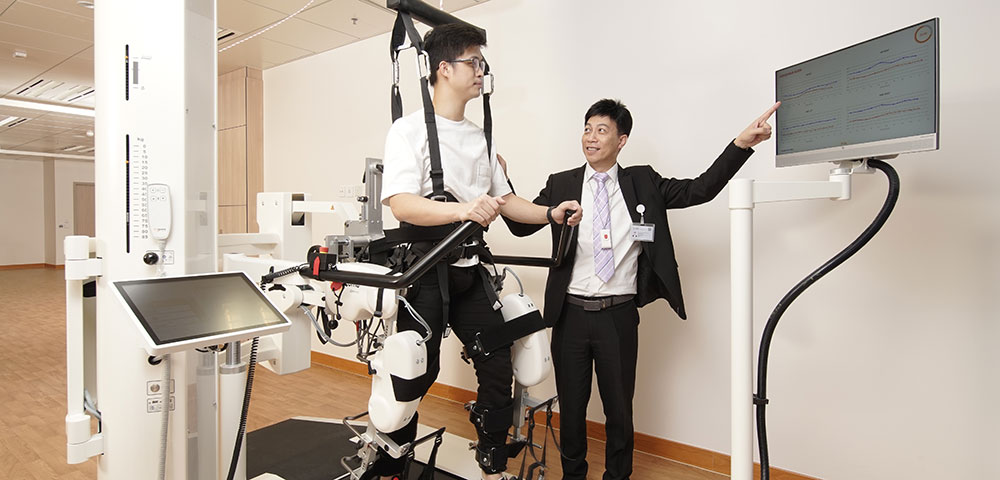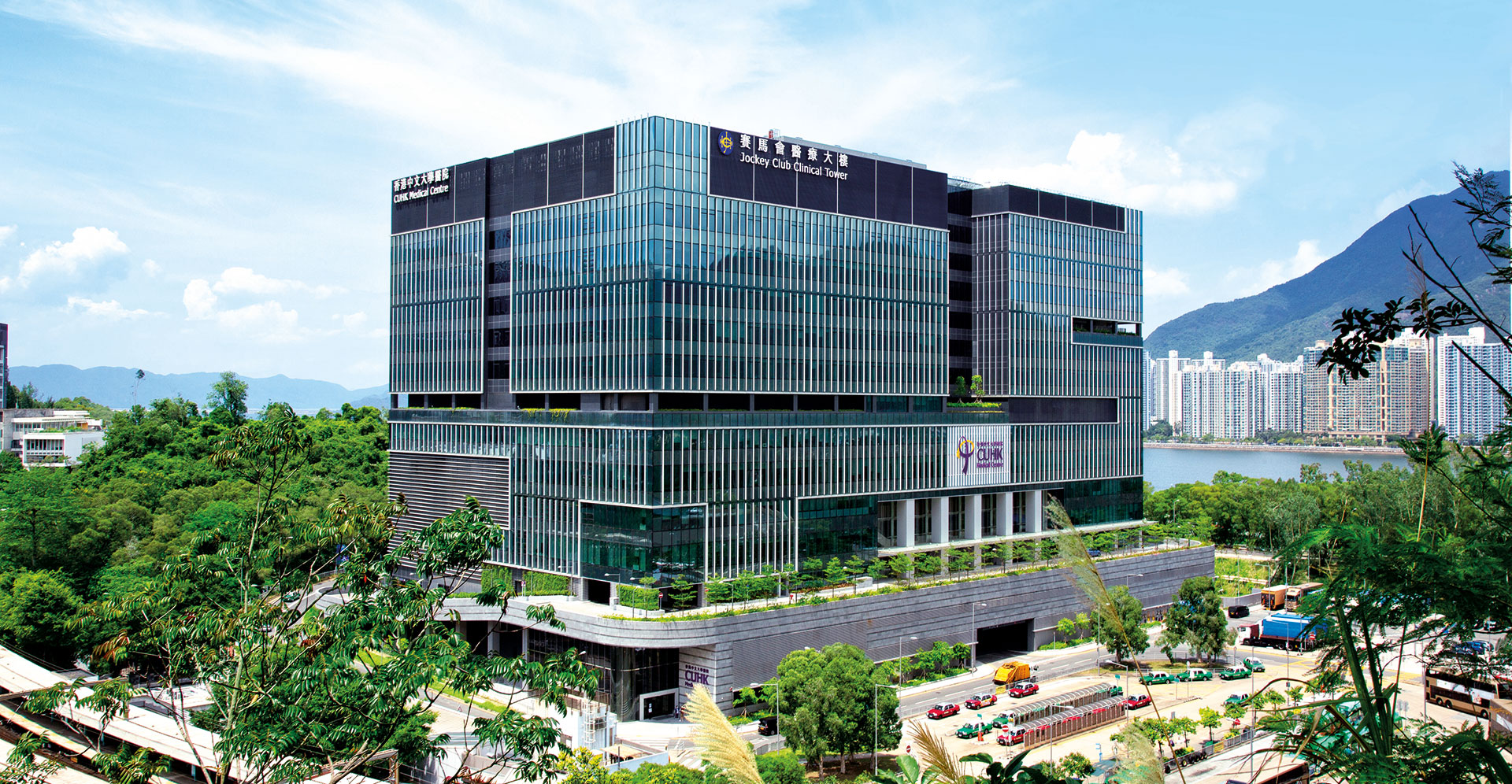Healthy Community
Doing more for patients with smart technologies
Diane Mak: “Many patients have to wait a long time before they see a doctor. Medical and human resources are hugely stretched.”
In her five years at The Chinese University of Hong Kong (CUHK) studying medicine, Diane Mak didn't just learn about surgeries. She developed a strong interest in how the entire medical system works and how medical resources are allocated. “How can we do more for patients?” Diane asks. “Many patients have to wait a long time before they see a doctor. Medical and human resources are hugely stretched.”
Completed in 2021, with funding support of HK$1.3 billion from The Hong Kong Jockey Club Charities Trust, the CUHK Medical Centre is the first smart hospital in Hong Kong. It uses numerous innovations to enhance its procedures, operations and services. Diane was much inspired in her first visit to the CUHK Medical Centre. For a start, the hospital runs a fully electronic medical record system. Medical data like body temperature and blood pressure are recorded in real-time in a paperless database following each medical checkup. RFID technology is also used to track every piece of a patient’s clothing and staff uniforms to minimise infection risks. There is also an automated drug delivery system that provides unit-dose packaging of medication for inpatients. "These arrangements make hospital management safer and more efficient. They also help reduce the pressure on medical staff," Diane says.
As the first non-profit, private teaching hospital in Hong Kong, the CUHK Medical Centre offers patients quality services at packaged prices that are transparent, enabling patients to have clear estimates of service fees before admission.
In addition to strengthening the medical network in Sha Tin, The CUHK Medical Centre is also a teaching hospital offering training to the next generation of medical professionals. The new teaching tower has been home to many of Diane’s new learning experiences. In the design studio, there is dedicated space for medical students to discuss and create solutions to streamline medical procedures. For instance, Diane and her classmates have designed a mobile application to facilitate better tracking of patients’ clinical scores by medical staff.
